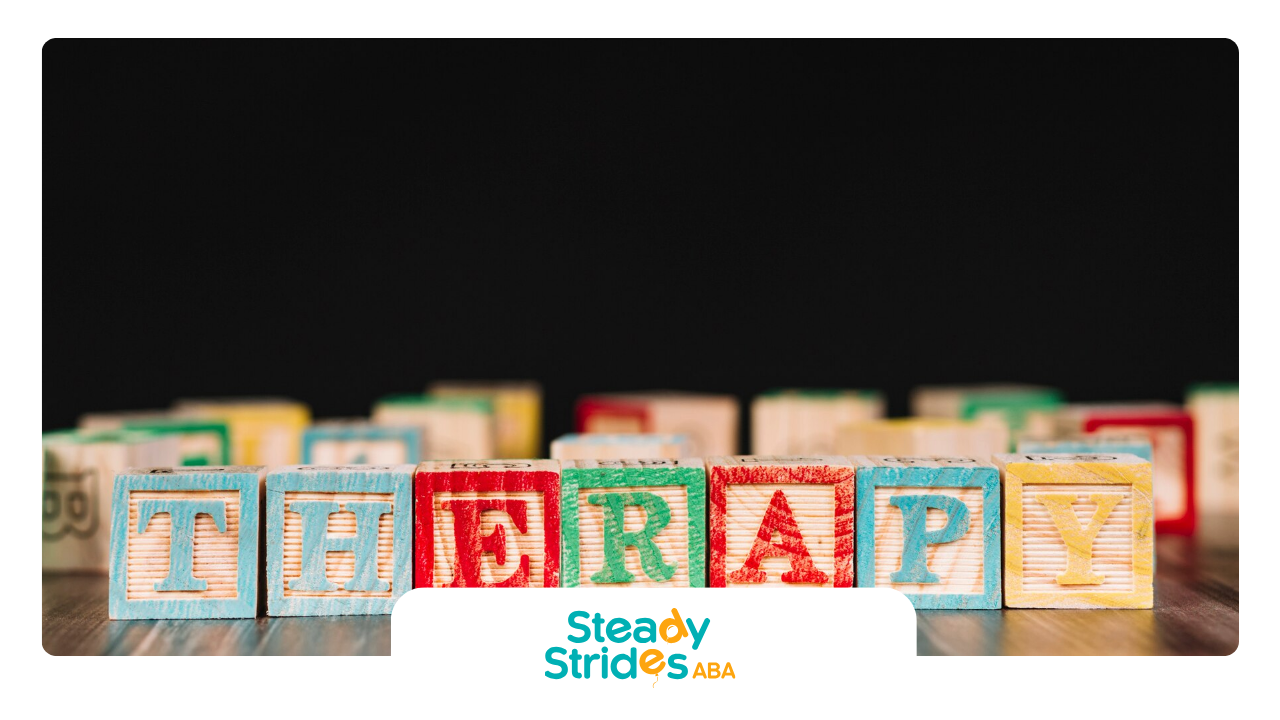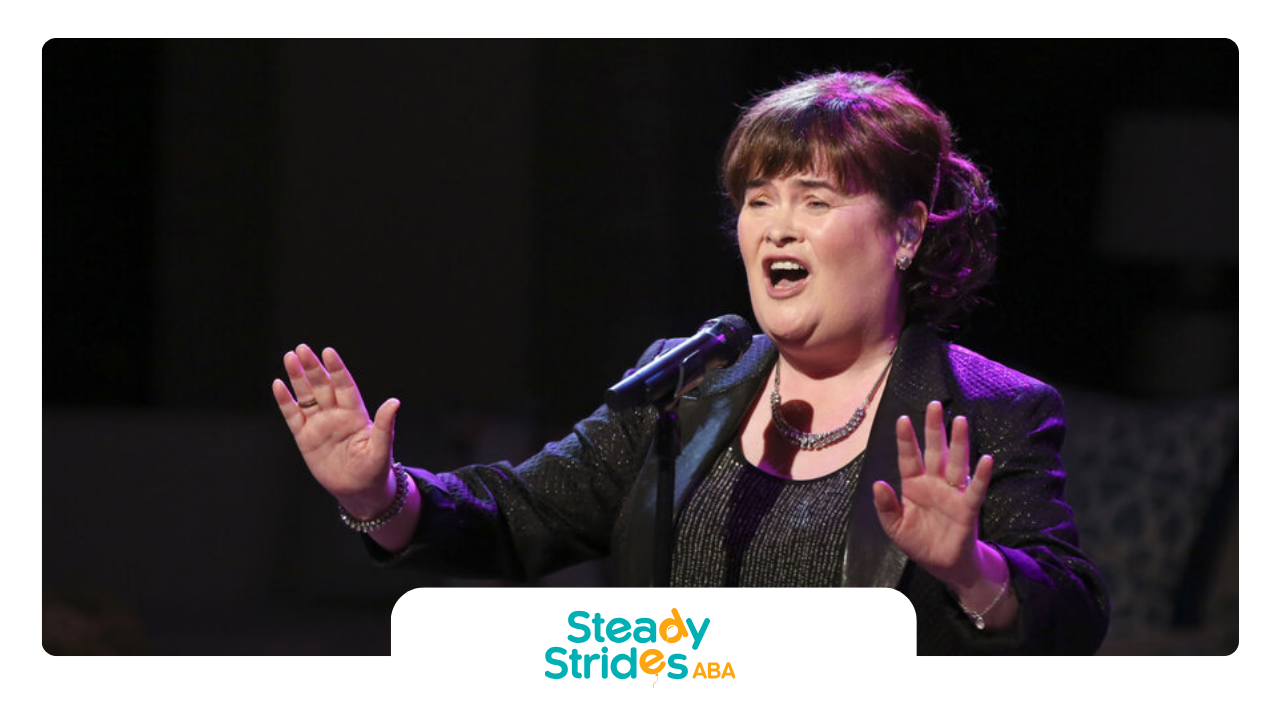Applied Behavior Analysis (ABA) therapy is a leading approach in supporting individuals with Autism Spectrum Disorder (ASD) to acquire new skills and enhance their independence. Central to this method is the concept of the prompt hierarchy—a structured approach to providing assistance or cues to encourage correct responses. This in-depth exploration unveils the layers of prompt hierarchy, its significance, and its practical application in ABA therapy.
What is Prompt Hierarchy in ABA?
Prompt hierarchy is a cornerstone of ABA therapy, offering a graduated system of assistance to help individuals learn new skills and behaviors. By utilizing a range of prompts, from most to least intrusive, therapists can effectively guide learners towards the goal of independent performance.
The prompt hierarchy is a fundamental tool in ABA therapy, guiding individuals towards independent skill mastery. It involves a structured system of prompts, ranging from highly supportive (physical prompts) to less intrusive (verbal prompts). But this hierarchy isn't static! Adjusting the importance of prompt hierarchy is crucial to cater to each learner's unique pace and needs.
The prompt hierarchy is not just about providing support; it's about doing so in a way that gradually encourages independence and self-initiation. The goal is to promote independence. By starting with more direct prompts and systematically reducing the level of assistance, individuals learn to perform skills independently.
The Spectrum of Prompts
The hierarchy ranges from direct, physical assistance to more subtle, verbal cues. Understanding this spectrum is vital for therapists to tailor their approach to the learner's specific needs, promoting faster learning and greater autonomy over time.
Fading Prompts
A critical aspect of the prompt hierarchy is the concept of fading. Fading prompts involves gradually reducing the prompt level as the learner becomes more competent, eventually removing them altogether. This learning process ensures that the individual does not become prompt-dependent but instead learns to rely on their skills and judgment.
Types of Prompts in the Hierarchy
- Physical Prompts: Involving direct physical contact to guide the learner through the desired action. It's the most direct form of assistance.
- Modeling Prompts: Demonstrating the desired behavior or action for the learner to imitate.
- Gestural Prompts: Using gestures, such as pointing or motioning, to indicate the desired action without direct contact.
- Verbal Prompts: Providing verbal instructions or cues to elicit the desired response.
- Visual Prompts: Utilizing pictures, symbols, or written words to guide the learner towards the correct behavior.
- Positional Prompts: Arranging the environment or materials in such a way that the correct choice is the most obvious or accessible.
Application in ABA Therapy
In ABA therapy, prompt hierarchy and fading are applied across a wide range of learning objectives, from basic self-care skills to complex social interactions. The versatility of this approach allows it to be tailored to the unique learning profile of each individual.
Through the use of prompt hierarchy, individuals with ASD can acquire new skills in a structured, supportive manner. Each step of the hierarchy is designed to build upon the last, promoting a gradual increase in competence and confidence.
Real-Life Examples of Prompt Hierarchy
Consider the task of teaching a child to tie their shoes—a complex skill involving multiple steps. A therapist might begin with physical prompts, guiding the child's hands through each step. As the child gains familiarity, the therapist could shift to modeling the action, then to gestural prompts, and eventually to verbal cues, until the child can perform the task independently.
Challenges and Solutions
While the prompt hierarchy is a powerful tool, it's not without its challenges. One of the key difficulties is ensuring that prompts are faded appropriately to avoid dependency. Therapists must be adept at recognizing when a learner is ready to move to a less intrusive prompt level and ultimately to independence.
Customizing the Approach
The effectiveness of prompt hierarchy relies on customization. What works for one individual may not work for another, emphasizing the need for a personalized approach. ABA therapists are trained to adjust the level of prompting based on the individual's response, ensuring that learning is both effective and empowering.
Future Directions
As the field of ABA therapy continues to evolve, so too does our understanding of prompt hierarchy. Ongoing research and practice are refining our approaches, making them more nuanced and effective. The future promises even greater personalization, with advances in technology offering new ways to apply and fade prompts in therapy.
The Role of Prompt Hierarchy in Early Intervention
The application of prompt hierarchy in early intervention cannot be overstated. Early intervention programs for children with ASD leverage the prompt hierarchy to introduce foundational skills at a young age. By embedding these techniques in early learning experiences, children are set on a path of accelerated learning and development, which can significantly impact their long-term outcomes.
Tailoring Early Learning
In the context of early intervention, prompt hierarchy is meticulously tailored to match the developmental stage and learning capacity of each child. This individualized approach ensures that prompts effectively support the child's learning without overwhelming them, fostering a positive and encouraging learning environment from the outset.
Bridging Communication Gaps
A critical area of focus within ABA therapy is enhancing communication skills. Prompt hierarchy plays a vital role in teaching non-verbal children to use alternative forms of communication, such as picture exchange communication systems (PECS) or assistive technology devices. Starting with physical prompts to guide the selection of pictures and gradually moving to independent communication, children learn to express their needs and desires effectively.
For children on the path to verbal communication, prompt hierarchy aids in the transition from non-verbal cues to spoken language. Therapists may use a combination of modeling, gestural, and verbal prompts to encourage vocalizations, with the ultimate goal of fostering independent speech.
Social Skills and the Prompt Hierarchy
Social interaction is another domain where the prompt hierarchy significantly contributes. By structuring social skills training around this framework, individuals with ASD can navigate complex social landscapes with greater ease. From understanding turn-taking and reading body language to initiating conversations, the gradual reduction of prompts empowers individuals to engage with their peers confidently.
Navigating Social Nuances
Practical application of the prompt hierarchy in social settings involves real-life practice and role-play scenarios. Therapists may start with direct guidance in a controlled setting, gradually moving to less direct prompts as the individual gains confidence, eventually supporting them to participate in social interactions independently.
Enhancing Academic Success
Within educational settings, the prompt hierarchy facilitates personalized learning strategies that accommodate the unique needs of students with ASD. By applying this approach, educators can support students in mastering academic skills at their own pace, ensuring that they achieve their full educational potential.
Classroom Integration
Successful integration of the prompt hierarchy in the classroom involves collaboration between ABA therapists, teachers, and parents. This team effort ensures consistency in the application of prompts across different environments, enhancing the learning experience for the student.
Overcoming Behavioral Challenges
Behavioral challenges often accompany ASD, and here, too, the prompt hierarchy proves invaluable. By identifying the functions of behaviors and applying appropriate prompts to encourage alternative, positive behaviors, therapists can effectively address and reduce challenging behaviors.
Preventative Strategies
The strategic use of prompt hierarchy can also serve as a preventative measure, guiding individuals towards more appropriate behaviors before challenging behaviors arise. This proactive approach contributes to a more positive and supportive environment for learning and development.
Conclusion
The prompt hierarchy is a dynamic and versatile tool within ABA therapy, offering a structured yet flexible framework for supporting individuals with ASD across various domains of learning and development. From early intervention to social skills development and academic achievement, the thoughtful application of prompt hierarchy facilitates meaningful progress and independence.
At Steady Strides ABA, our commitment to incorporating these principles into our therapy sessions underscores our dedication to the individuals we serve. By fostering an environment that promotes learning, growth, and independence, we empower those with ASD to navigate the world with confidence and success.
As we continue to innovate and adapt our approaches, the prompt hierarchy remains a foundational element of our therapeutic practices, guiding our efforts to enrich the lives of those we support.












